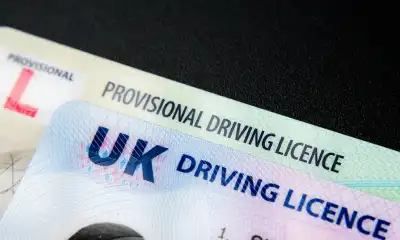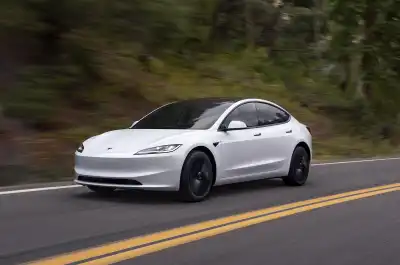
Even though it’s been illegal for insurers to price car insurance based on gender since 2012, new data shows that men are still being quoted significantly more than women.
Consumer group Which? found that when drivers select 'Mr' as their title on price comparison websites, they’re consistently shown higher quotes than people choosing 'Mrs', 'Miss', or 'Ms'.
Historically, women paid less for car insurance because they were seen as lower risk. That led to the launch of brands like Sheila’s Wheels, aimed solely at women. But in 2012, the EU banned insurance companies from using gender to determine prices.
Despite this rule, the latest figures from comparison sites like Confused.com and Quotezone show there's still a big gap in what men and women are quoted.
Confused.com’s data from the first three months of 2025 shows that men selecting 'Mr' were quoted an average of £1,695 for car insurance. In comparison:
AVERAGE CAR INSURANCE QUOTE BY TITLE IN Q1 2025 (CONFUSED.COM)
| Title | Average top 3 premiums | Saving vs 'Mr' |
|---|---|---|
| Mr | £1,695 | n/a |
| Miss | £1,331 | -£364 |
| Mrs | £863 | -£832 |
| Ms | £720 | -£975 |
(Source: Confused.com. Figures shown are based on average quoted car insurance premiums during Q1 2025. Data shows the average of the lowest quotes offered to drivers selecting the listed titles)
Interestingly, the cheapest quotes went to people who selected 'Ms'—and even among women, the title made a big difference. For example, those who picked 'Ms' paid £611 less on average than those choosing 'Miss'.
Quotezone’s data from the same period also highlighted a similar trend, although the differences weren’t as extreme. For 30-year-olds, men still paid the most. The biggest gap was £313 between 'Mr' and 'Ms'. At age 60, the difference dropped to around £100.
Here’s how average quotes looked by age and title, according to Quotezone:
| Age | Mr (average premium) | Mrs (average premium) | Miss (average premium) | Ms (average premium) | Biggest price difference between Mr and female title |
|---|---|---|---|---|---|
| 30 | £1,127 | £953 | £900 | £814 | £313 |
| 40 | £918 | £787 | £694 | £731 | £187 |
| 50 | £650 | £560 | £699 | £520 | £130 |
| 60 | £481 | £398 | £404 | £381 | £100 |
Despite these clear gaps, both comparison sites say that your title isn’t directly used to set prices. Instead, they claim it reflects patterns in risk data.
Rhydian Jones from Confused.com explained, "Data shows that men typically pay more for their insurance than women. And this is due to the fact that, statistically, men tend to have a higher risk profile than women."
"While data suggests that women are marginally more likely to have made a claim, or have a relatively similar number of convictions to men, data suggests that it's often the case that the severity of these are far greater for men."
Greg Wilson, CEO of Quotezone, also said that drivers with the title 'Mr' tend to show more risk factors, but this is likely due to other variables like job type, how much they drive, and driving history—not gender alone.
So, when did gender-based pricing end?
Back in December 2012, the EU introduced rules that made it illegal for insurers to use gender when setting prices. Before that, women often paid hundreds less because they were seen as lower risk. After the change, women saw their prices rise by about £300, while men saw theirs drop by around £180.
These rules applied to all new insurance contracts, including car, life, and pension products.



